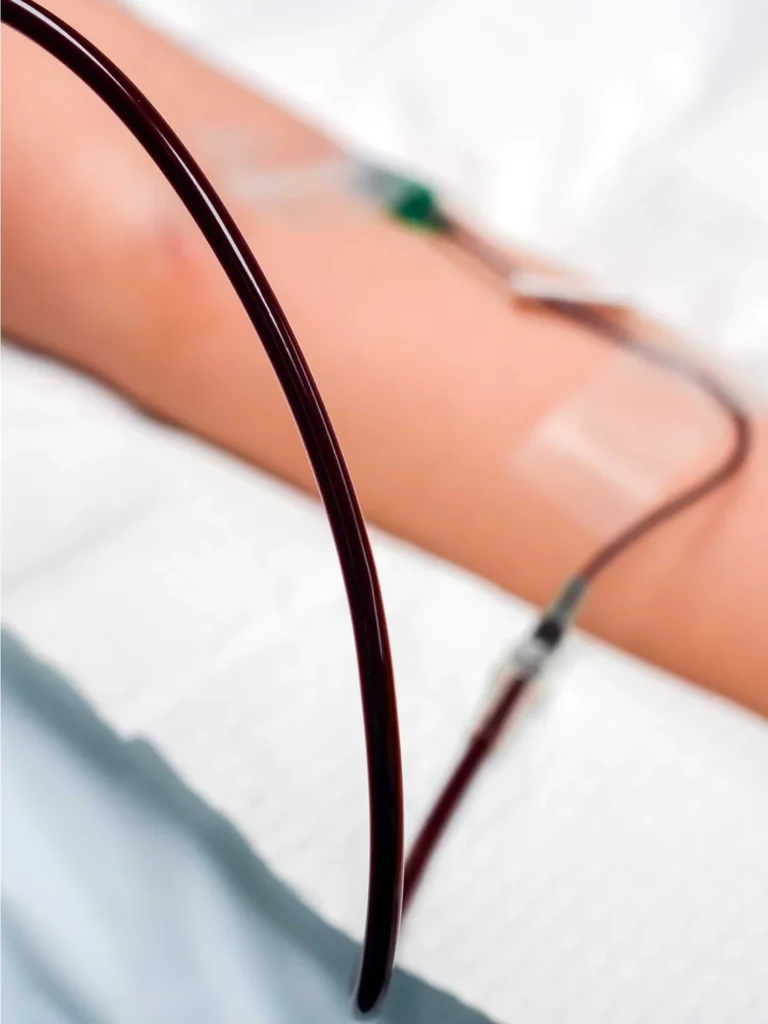EBO2

What is the EBO2?
EBO2 targets chronic inflammation and oxygen utilization by infusing oxygen, ozone and UV light into the body’s blood supply. Further, the device uses integrated diffusing membrane filters to remove proteins and lipids that are in excessive amounts in the body’s blood. Not only does it remove fats and proteins but it separates cholesterol, petroleum byproducts, heavy metal toxins, diseased dead cells and fat microparticles. This filtration process helps reduce the inflammatory effects of these particles which can be responsible for aging, chronic diseases and autoimmune diseases.
EBO2 has been shown to help with:
- Down regulating inflammation
- Removing excess cholesterol and fat in the bloodstream
- Increasing stem cell proliferation and mobilization
- Balancing blood pressure
- Reducing the pathogen load of patients (Bacteria, Viruses, Fungi)
- Increasing physical performance
- Reestablishing overall homeostasis in the body
- Removing heavy metals, mold, and other toxins
- Removing inflammatory proteins (which can lead to autoimmune disorders)
- Strengthening and modulating the immune system
- Reducing oxidative stress
How does EBO2 Work?
The EBO2 treatment protocol removes blood from the body to process it and then it returns the filtered and treated blood back to the body. This is done with two separate IV lines. When the blood is removed through the first IV line it is filtered through three separate steps and after that the blood then is oxygenated, ozonated and lastly treated with UV light, a process called photobiomodulation. After all these steps are completed the blood immediately returns to the patient via the second IV line. The difference in color and appearance of the blood is quite noticeable between the oxygen-poor blood (dark red) traveling through the first IV and the oxygen-rich blood (bright red) traveling through the second IV.

Processes of AO Scan
– Autoimmune diseases
– Bacterial and viral pathologies
– Brain fog
– Cardiovascular disease
– Fatigue
– Fibromyalgia
– Inflammatory diseases
– Lyme disease
– Mold exposure

